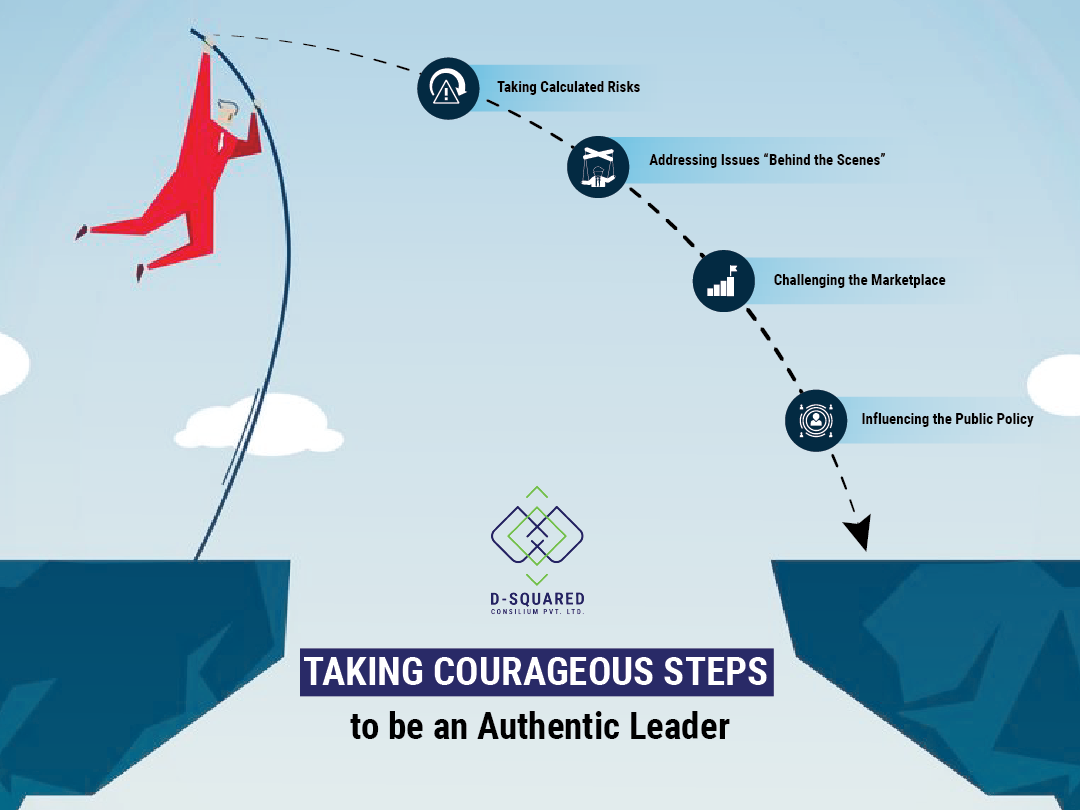The Core Concept
What makes this book truly unique in the realm of leadership is its focus on the remarkable qualities, values, and purpose that define exceptional leaders. It takes a practical and friendly approach by drawing valuable lessons from the mistakes of past CEOs and grounding its exploration of leadership styles in well-established elements: your own passion and position as a leader, your determined goals, the purpose that drives your company, and a motivated workforce guided by authentic leadership.
The authentic leadership style showcased in this book goes beyond immediate success; it emphasizes the enduring impact that true leadership can have over the years, long after your tenure. This approach ensures that your leadership is genuinely meaningful.
Introduction
Where Have All the Leaders Gone?
The Case for New Leadership
What we truly need are individuals of unwavering integrity, dedicated to establishing lasting organizations with a clear sense of purpose and steadfast values. The world is yearning for authentic leaders who embody these exceptional leadership qualities, values, and purpose.
Part One: Becoming an Authentic Leader
Organizations thrive when led by individuals who embody leadership qualities, values, and purpose. Authentic leaders serve as good stewards, building enduring organizations with motivated employees who prioritize customer service and create long-term value for shareholders.
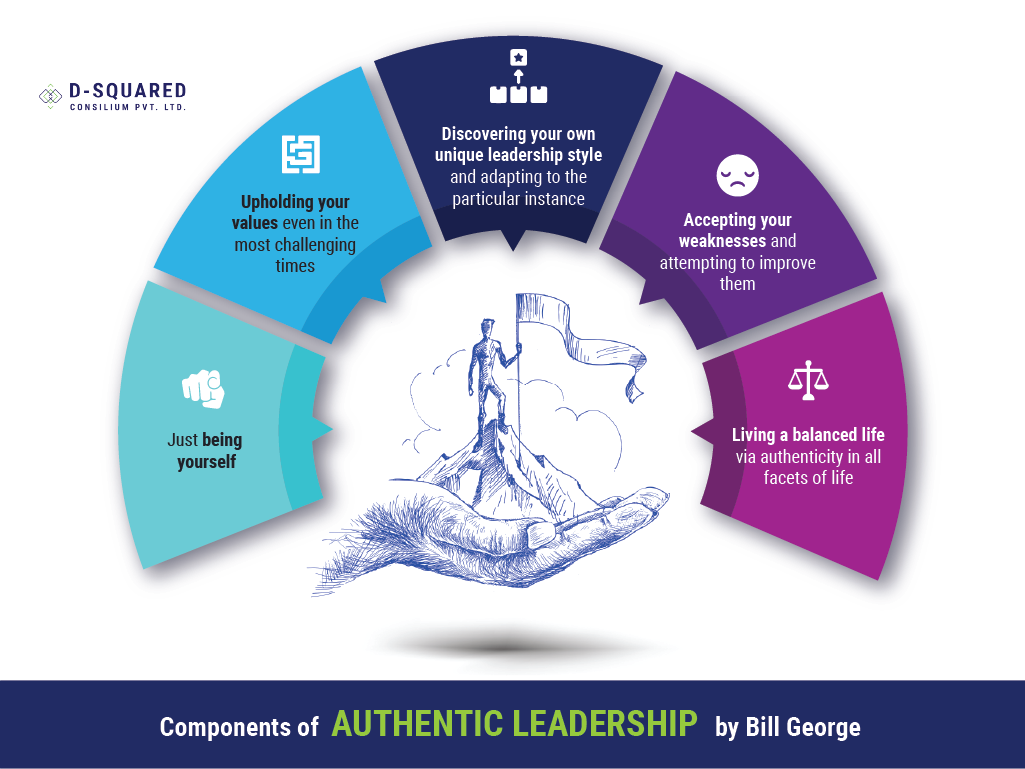
Chapter One: Leadership Is Authenticity, Not Style
Authenticity is at the heart of leadership. It is the essential quality that sets apart a leader. To be an authentic leader, it’s crucial to be true to yourself and embrace who you are. Authentic leaders have a genuine desire to serve others. They are guided by both their hearts and minds. They recognize their weaknesses and actively work to overcome them. They demonstrate self-discipline, consistency, and unwavering principles. They understand that personal growth is a lifelong journey on the path to becoming a leader.
To become an authentic leader, it is important to develop your own leadership style that aligns with your character and personality. Flexibility is key, as you must adapt your style to fit the specific situation to be effective.
Authenticity also involves acknowledging your weaknesses. Don’t try to mask your shortcomings to gain approval from others. Instead, focus on being comfortable with yourself and fostering genuine interactions with others.
Leadership often comes with immense pressure to perform. CEOs, for instance, may face public scrutiny when their companies miss earning projections. The pursuit of success can sometimes lead leaders astray from their core values, tempting them to take shortcuts to sustain the appearance of success.
Characteristics of an Authentic Leader
1. Understanding Your Purpose – Leaders who lack a sense of purpose and direction struggle to inspire others. Finding your purpose requires deep self-understanding, recognizing your passions, and understanding what motivates you. When people perceive your genuine interest in serving others, they will dedicate themselves to the common cause.
2. Practicing Solid Values – Values and character are fundamental to effective leadership. Authentic leaders are guided by a moral compass that prevents them from ending up like executives facing legal consequences. Integrity, including the courage to tell the truth, is a vital value for every authentic leader.
3. Leading with Heart – Companies gain a competitive edge when employees believe their work has a greater purpose. Leaders must have the ability to ignite passion within their employees, inspiring them to achieve beyond expectations.
4. Establishing Enduring Relationships – Building lasting relationships is a hallmark of leadership. In order for employees to fully invest in their work, they need personal connections with their leaders. These relationships foster deeper commitment and loyalty to the company.
5. Demonstrating Self-Discipline – Self-discipline is essential to earn the respect of others. It enables leaders to align their actions with their values. Maintaining a high level of self-discipline is crucial for sustained success.

Chapter Two: The Transformation of Leaders
Becoming a skilled leader requires personal development, experience, and hard work.
In the Crucible
When faced with challenging situations that push your limits, you discover who you truly are and what you are capable of. These crucible experiences help you grow and emerge as a better individual.
Developing the Characteristics of an Authentic Leader
A developmental quality is needed for each dimension:
1. Passion for Your Purpose – Leadership qualities are enhanced when you have a genuine passion for your purpose. This passion stems from being highly motivated by your work, believing in its inherent value, and utilizing your capabilities to their fullest potential.
2. Being True to Your Values – An authentic leader embodies leadership characteristics by consistently aligning their actions with their values. It is important to test yourself in situations that challenge your values, ensuring that in real work environments, your values remain uncompromised. Remember, it is crucial to practice what you preach.
3. Developing Compassion – Developing your heart and connecting with your inner being is a valuable aspect of leadership types. Opening up to life’s experiences and cultivating compassion allows you to empathize with others who face obstacles on their own journeys.
4. Connected Relationships – Enduring relationships are built on a foundation of shared purpose and connectedness. Leaders must foster commitment through a sense of connection, building trust and strengthening commitment to overcome challenges together.
5. Practicing Self-Discipline – Authentic leaders exemplify self-discipline, ensuring that stress does not hinder their judgment. It is important to maintain composure, stay calm, and prioritize self-care through regular exercise, consistent eating habits, stress-relieving techniques, and adequate sleep.
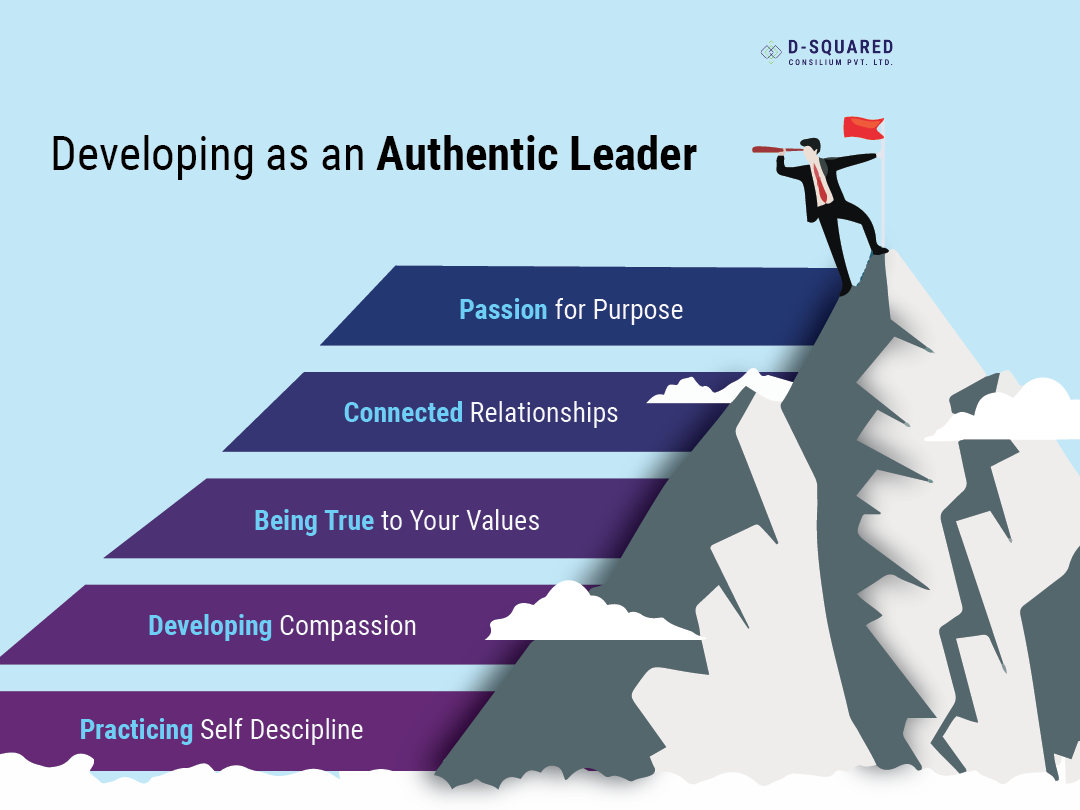
Chapter Three: Leading a Balanced Life
Being Authentic in All Aspects of Your Life – Authenticity should permeate all facets of your life. It is important to avoid compartmentalizing your behavior and instead be consistent across various domains.
Work and Family Life – Balancing work and family life can be challenging. The key conflict arises when individuals habitually sacrifice themselves and their family for the sake of work. To address this, it is crucial to establish clear boundaries between work and home life. Creating ground rules and strictly adhering to them ensures a healthy work-life balance and avoids sacrificing precious family time. Regularly evaluating and adjusting this balance through open communication is essential for the well-being of your loved ones.
The Authentic Life: Putting It All Together – Embracing new experiences and meeting interesting people shape your perspectives on both professional and personal aspects of life. Leading an authentic life means being open to life’s surprises and being adaptable to change. It involves embracing the unexpected with a willingness to adapt and grow.
Part Two: Building an Authentic Company
An authentic company is guided by its purpose, values, and vision.

Chapter Four: Missions Motivate, Dollars Don't
Valuing the Corporation
An organization’s potential is realized when it operates with a clear sense of purpose. By embracing a common vision, companies pave the way for long-term growth and create value for shareholders.
The Essential Ingredient: Employee Motivation
Motivated employees are the driving force behind real value creation. Inspiring them to contribute to something meaningful and instilling a sense of purpose in their work is essential.
The Flaws in Maximizing Shareholder Value
Focusing solely on serving shareholders can lead to neglecting customer needs. Devoting excessive attention to this aspect offers little value and fails to inspire employees.
The Path to Long-Term Shareholder Value
Sustained competitive advantage and steady profit growth come from having a mission that motivates employees to innovate and deliver superior customer service.
Chapter Five: Values Don't Lie
Establishing a values-centered culture starts with leaders. It require s working towards alignment with the company’s values, emphasizing positive actions, and taking appropriate measures when employees deviate from them. To cultivate an authentic company, recognize the importance of stewardship towards those you serve. An authentic company thrives on curiosity, a desire to understand, and a commitment to helping individuals reach their full potential.
Can a Values-Centered Culture Achieve Peak Performance? Poor performance can lead to exceeding expense budgets, missing sales targets, and delayed product delivery. To address this, performance principles should be integrated into the company’s norms.
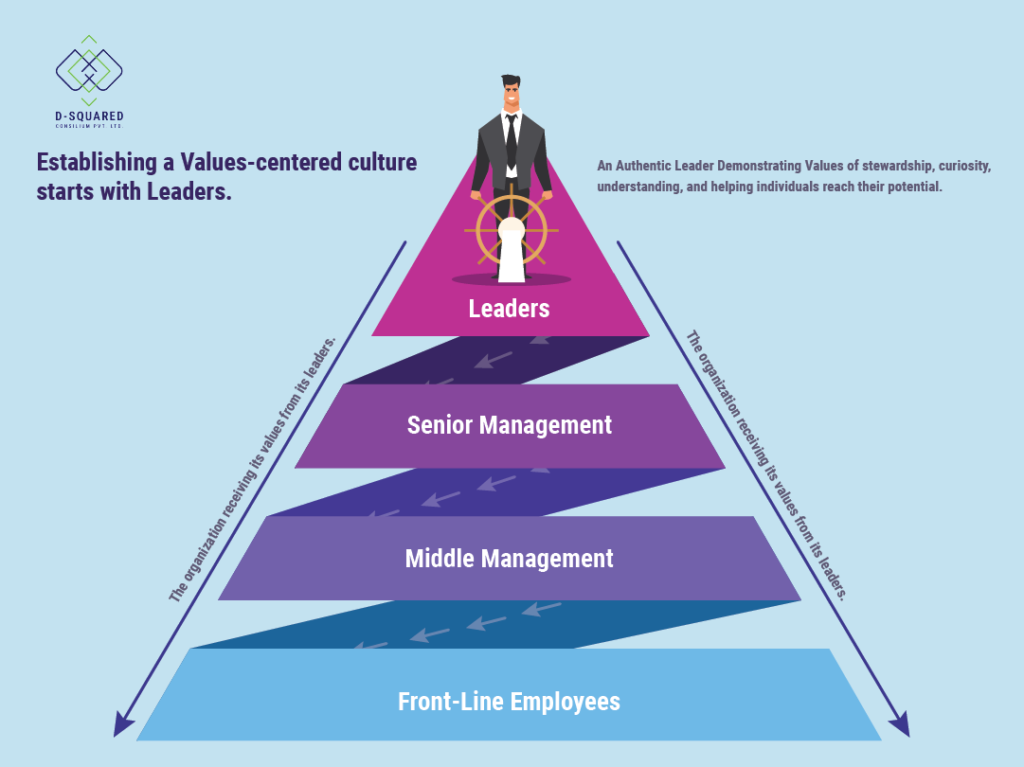
Chapter Six: It's the Customer, Stupid!
The Heart of the Matter
The primary purpose of any company is to serve its customers, and its success hinges on how well it fulfills that role.
The Role Model for Customer Focus
Management plays a pivotal role in fostering customer focus. Managers should be able to identify employees who genuinely serve customers. Moreover, they should create a work environment that empowers and rewards efforts dedicated to customer satisfaction.
Infusing Passion for Customers
There are leaders who possess a fervent dedication to serving customers. These leaders set the standards and establish incentive systems that strengthen the organization’s customer-centric focus.
Chapter Seven: It's Not Just the CEO
CEOs wield significant influence over a corporation’s outcomes. However, great companies are built by teams, not individuals.
The Executive Office: A Partnership for Leadership
To build an exceptional team for the company’s success, it is crucial to identify individuals who can facilitate the organization in achieving its goals.
Diversity Isn’t About Quotas
Diversity, encompassing varied experiences and backgrounds, is a crucial element of an organization. It enriches debates and enhances decision-making effectiveness.
Part Three: In the Crucible of the Market
Chapter Nine: Seven Deadly Sins
Challenges to Growth
The true test for an authentic company lies in its ability to sustain growth without succumbing to short-term pressures that lead to decline.

Pitfalls to Sustainable Growth
Pitfall #1: Lack of a Clear Mission
Expanding without a well-defined mission is a common reason why companies decline. A clear mission provides direction and establishes the organization’s identity.
Pitfall #2: Underestimating the Core Business
Expanding the market definition can drive growth in advanced sectors. It’s important to recognize that with proper observation and productive engagement, a business can grow continuously.
Pitfall #3: Depending on a Single Product Line
Relying solely on one product line often hinders the allocation of funds for creating new ventures. When growth slows down, there’s little time to develop new strategies, leading to strained investments.
Pitfall #4: Failure to Recognize Technology and Market Changes
Remaining excessively attached to the technology that brought success can hinder adaptation to emerging advancements. Embracing new and sophisticated technologies prevents product displacement.
Pitfall #5: Changing Strategy Without Changing Culture
Companies that adapt their strategies to market conditions sometimes overlook the need to transform their organizational culture. Failing to adjust to changing customer preferences becomes a significant challenge.
Pitfall #6: Going Outside Your Core Competencies
Venturing too far from core competencies results in diminished market power and technological inferiority. This can lead to growth slowdown or the demise of the business.
Pitfall #7: Counting on Acquisitions for Growth
Over-reliance on acquisitions may lead to ill-advised purchases or excessive payments for new targets, creating uncertainty and instability.
Chapter Eight: Whose Bottom Line : Customers or Shareholders?
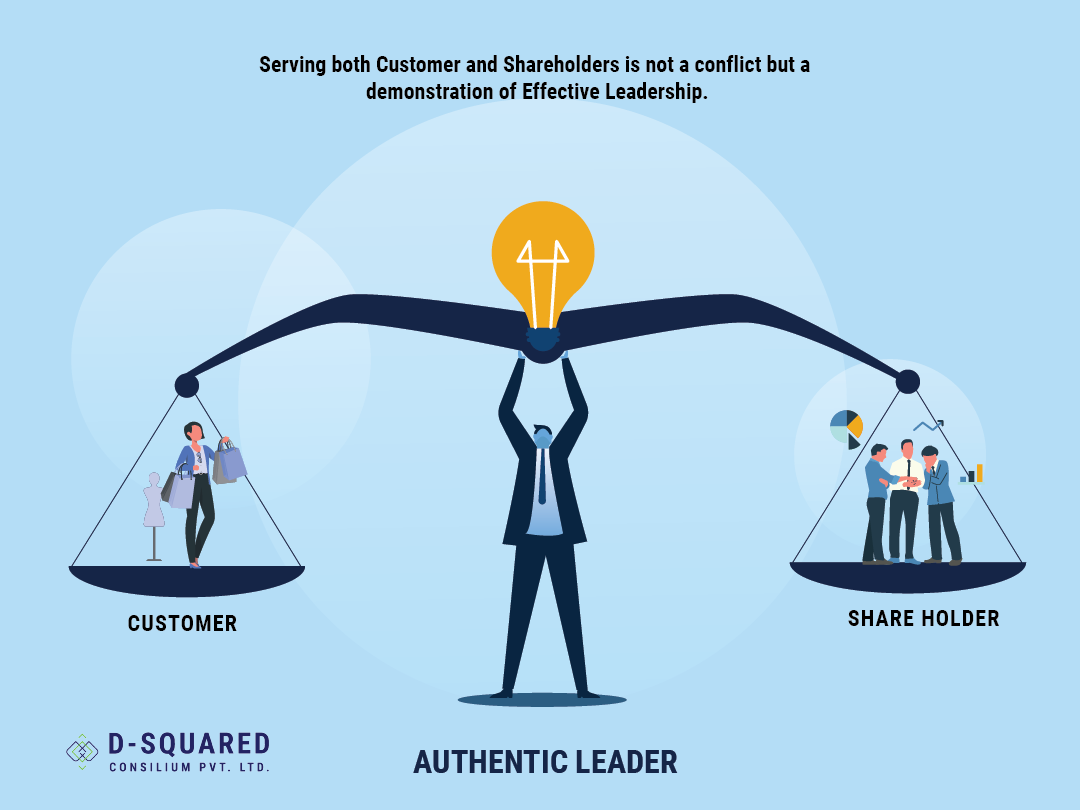
The Stakeholder Model
A leader’s success should be measured by how well they serve all individuals with a vested interest in their enterprise. Serving both stakeholders and shareholders is not a conflict but rather a demonstration of steadfast leadership, vision, and discipline.
Chapter Ten: Overcoming Obstacles
Overcoming Barriers
Authentic leaders are driven by their passion for the mission. They zealously tackle obstacles, relying on strategic focus and an unwavering desire to succeed. Success requires commitment and unwavering passion.
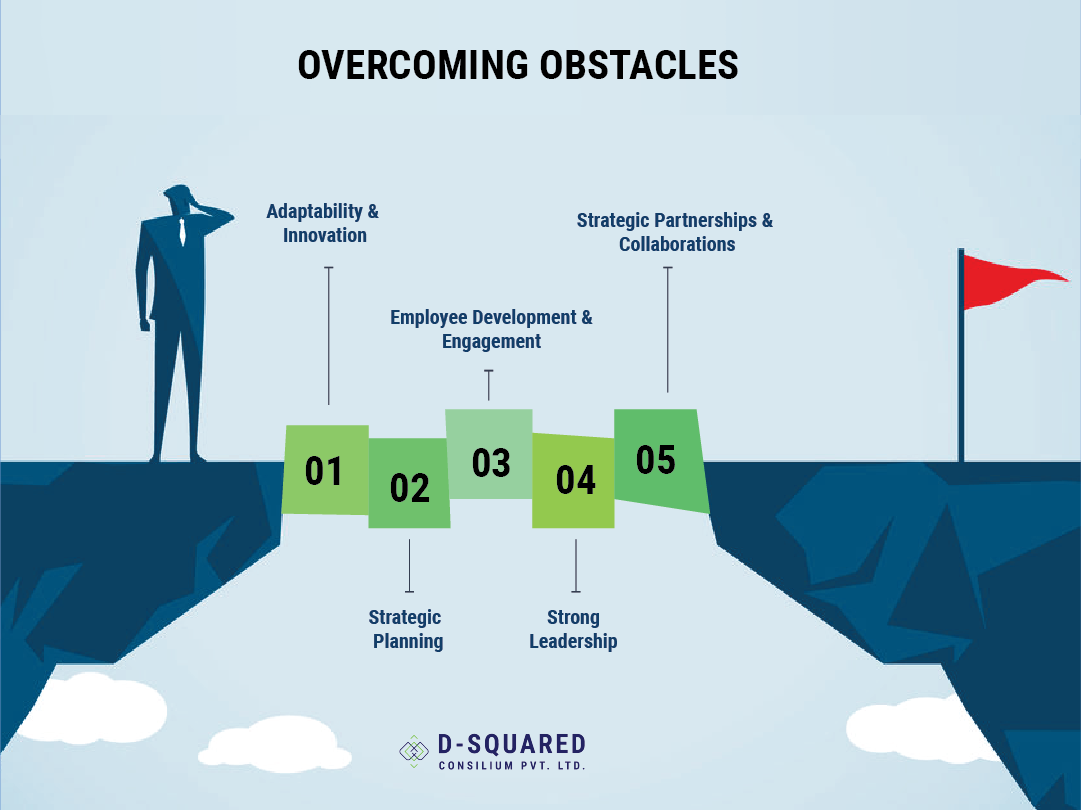
Chapter Eleven: Ethical Dilemmas
Ethical Standards and Global Consistency
As a leader, your company’s reputation extends wherever you do business. Establishing consistent ethical standards, especially for international operations, requires open communication with your employees.
Chapter Twelve: Innovations from the Heart
Passion Fuels Innovation
Organizations that sustain growth connect the passion of their people to the generation of innovative products. Effective leaders actively engage with innovators, embracing new ideas before they are dismissed by middle-management. They also seek innovative ideas from the marketplace.
Innovation Drives Transformation
Not all ventures will succeed, and leaders must maintain an open-minded approach to failure. Motivating employees, especially in the face of unsuccessful endeavors, is essential.
Chapter Thirteen: Acquisitions Aren't Just About Money
Acquisitions and Growth
Acquisitions can accelerate growth by acquiring technologies and capabilities. However, relying solely on acquisitions for expansion can lead to trouble. Internal growth should also be pursued to ensure long-term success.
Reflections
Acquisitions should not be solely driven by financial considerations. They should serve strategic purposes that strengthen the organization.
Chapter Fourteen: Shareholders Take Third Place
Customers
The existence of a corporation should be driven by its commitment to serving customers. A reliable measure of how well a company fulfills this commitment is its market share. A growing market share not only attracts more customers but also motivates employees, ensuring future growth.
Employees
As a leader, it is your responsibility to provide employees with adequate education, training, and support. Creating an environment that empowers them to serve customers effectively is essential.
Shareholders
When dealing with conflicting shareholder objectives, it is important to maintain focus on the long-term trend of the company’s stock. Managing shareholders rather than allowing them to control you is crucial.
Transparency is key when interacting with shareholders. Effective communication, both within and outside the organization, requires conveying consistent messages.

Part Four: Embracing a Higher Purpose
Chapter Fifteen: Nurturing Effective Governance
Enacting Corporate Governance Standards
Good governance establishes the right balance of power within management. However, it should never be seen as a substitute for fulfilling its responsibilities.
Principles of Governance
The board’s independent directors should establish a set of governance principles that clearly outline their roles and responsibilities. It is important for the board to provide an annual report to the shareholders, highlighting progress made in adhering to these principles.
The Role of the Governance Committee
A dedicated governance committee should be formed, responsible for recommending new directors for board elections, evaluating the performance of both the CEO and the board, approving the agenda for board meetings, and planning for leadership succession.
Efficient Board Functioning
Board meetings should allocate sufficient time for in-depth discussions on strategies and investments. It is crucial to foster an open dialogue that encourages the exploration of new ideas, proposals, and strategies.
Balancing Power with Delicacy
Achieving a healthy balance of power requires a collaborative exchange of ideas, a foundation of trust, and a board that feels comfortable challenging the CEO when necessary. It is important to maintain clarity of roles to prevent the board from overstepping into management’s domain.
Chapter Sixteen: Taking Courageous Steps
